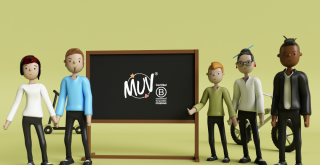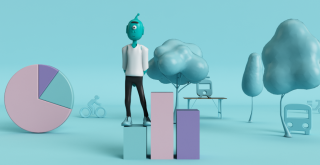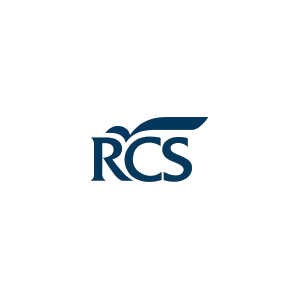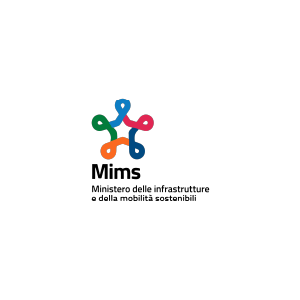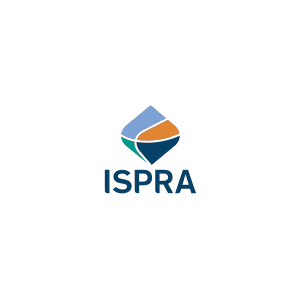30 August 2023
Plastic usage is a problem. We know this. We’ve heard stories that plastic straws kill turtles, we have seen pictures of sea animals dying from plastic entanglement and each day, we see first-hand trash cans overflowing with water bottles and trash blowing down our streets.
In response, many people try to limit the number of single-use plastics in their lives, to use compostable utensils and straws, to opt for reusable water bottles, and to recycle more. But we’re only seeing a small fraction of the problem – and of the potential solutions.
Throughout the life cycle (including production, usage, recycling, and pollution), plastic causes serious environmental problems, in addition to some health problems. New research shows that plastic pollution reaches almost all areas on Earth – from remote lakes to deep coral reefs.
While some consequences are easily seen and understood, other consequences are more complicated and less obvious. The widespread impacts of plastic – both simple and complicated – have significant effects on human life as well as animals and the environment.
Stage 1: production
Most plastic is made with chemicals that come from fossil fuels.[1] Plastic production, from fossil fuel extraction to plastic manufacturing, releases greenhouse gases.[2] In the EU, 20% emissions from the chemical industry are from plastic production – approximately 13.4 million tonnes of CO2 a year.[3] Furthermore, experts expect production to triple in the next 40 years as demand increases.[4]
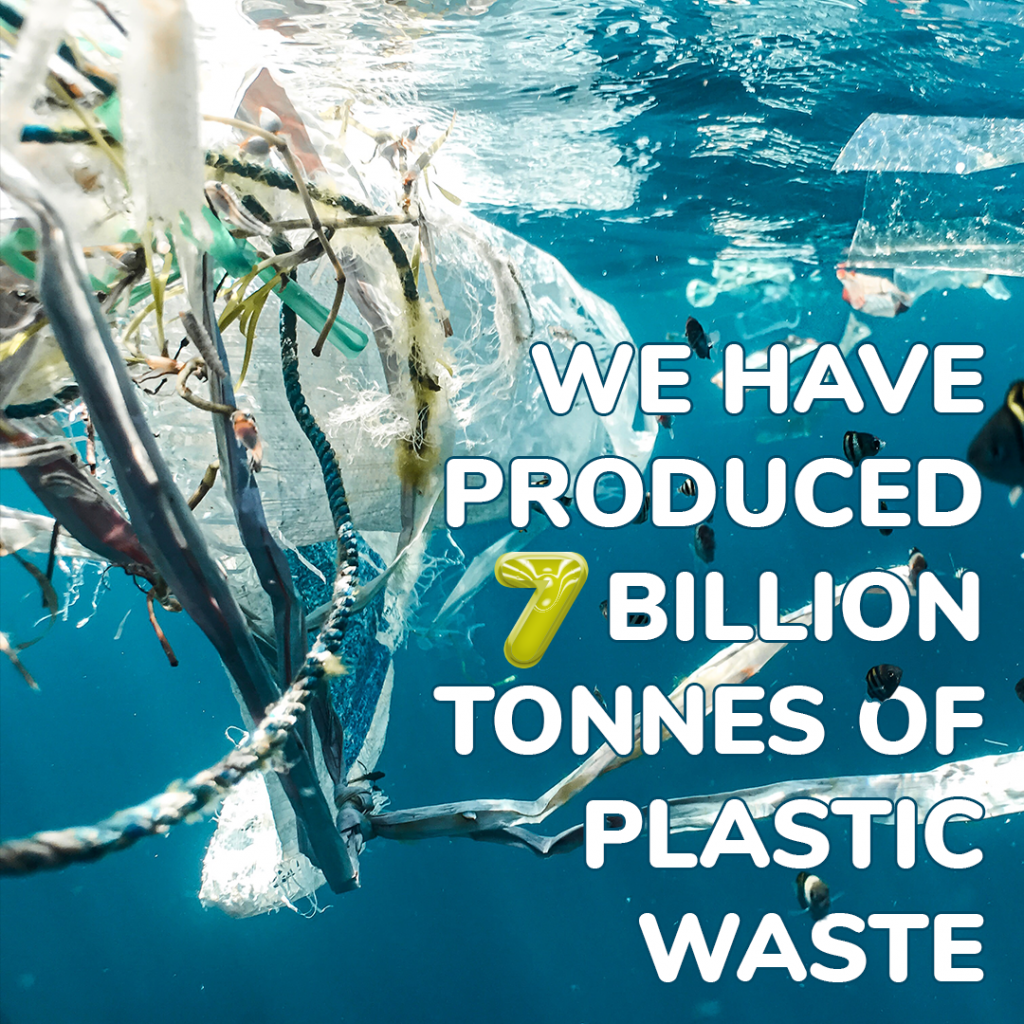
Stage 2: Recycling & Waste Management
The world has produced approximately 7 billion metric tons of plastic waste.[5] Plastic waste takes many forms – from grocery bags to water bottles to large items. The most common type of plastic waste, perhaps surprisingly, is cigarette butts which are considered plastic waste because of plastic in their filters.[6]
Unfortunately, of the 7 billion metric tons of plastic waste, we have recycled less than 10%.[7] Furthermore, recycling isn’t easy, and the process releases greenhouse gases.[8] Plastic must be sorted by type before it can be melted down, but there now exist thousands of types, making this extremely difficult if not impossible.[9] There is no economic incentive to recycle plastic because recycling it is extremely expensive and costs more than producing new plastic.[10] Also, a lot of plastic poses toxicity risks because of the product itself or because it absorbed chemicals over its lifetime, so it should not be recycled or has limited possibilities (e.g. toxic plastic cannot be recycled into food packaging).[11]
If only a small fraction of plastic is ultimately recycled, where has all the plastic gone?
Nineteen percent of plastic waste is burned, and 50% goes to landfills.[12] Incinerating plastic waste causes major air pollution from the release of toxic gases,[13] in addition to contributing to climate change with the release of greenhouse gases.[14] Plastic that ends up in landfills will take several hundred years to degrade, and as it degrades, the plastic can contaminate soil and water with toxic materials.[15]
If you have been doing the math, you probably realized there is still about 22% of plastic waste unaccounted for. This waste is mismanaged or pollutes land and water ecosystems.[16]
Stage 3: Land & Freshwater Pollution
Improper disposal of plastic is causing health problems in some parts of the world. When plastic clogs sewers and collects standing water in countries with inadequate waste management systems, it promotes mosquito breeding, among other organisms, and increases the spread of diseases like malaria.[17]
In the natural environment, microplastics (plastic pieces smaller than 5mm) can contaminate soil in a variety of ways; for example, there are microplastics in composts or municipal solid waste can degrade in soil.[18] Microplastics are able to both physically and chemically alter soil, in ways not yet fully understood by scientists.[19]
Freshwater ecosystems also accumulate a significant amount of plastic debris, as it makes its way toward the ocean.[20] A recent study found Lake Lugano and Lake Maggiore in Northern Italy to both have more plastic concentrations than parts of the ocean considered to be the largest plastic-accumulation areas.[21] This amount of plastic is most likely contaminating the drinking water from the lakes with microplastics, in addition to harming lake ecosystems.[22] The paper also found that plastic has even been able to pollute remote lakes and freshwater bodies that do have direct contact with humans.
Stage 4: Oceanic Pollution
The world’s oceans act as the primary plastic “sink” – the place where most plastic ends up.[23] This has a huge negative effect on coastal and oceanic ecosystems.[24] At the base of marine food webs, a wide variety of fish that eat plants or plankton have ingested plastic, according to studies.[25] This means that as those fish are eaten by bigger fish, plastic begins to be distributed across the food web.
On land, debris gets degraded and often breaks into smaller pieces. Once in the ocean, small pieces further degrade because of UV radiation from the sun.[26] Microplastics can have a variety of impacts on marine organisms, including reducing algae growth, creating blockages in fish, disrupting oyster reproduction processes, and hurting the rate of growth of corals.[27]
According to the July 12, 2023 Nature article “Plastic pollution on the world’s coral reefs,” 85% of the debris from humans on coral reefs is plastic, with fishing items accounting for most of the debris.[28] Given the difficulties surveying coral reefs, especially deep reefs, the authors expect the actual amount of plastic debris on reefs to be much higher than current estimates.
The study concluded that macroplastics (plastic debris larger than 5 cm) are more common on deep coral reefs than shallow ones, contrary to intuition and a distressing finding about the reach of human impacts.[29] Restoring reefs and preventing further pollution is more difficult at deeper levels, and deeper reefs are currently less represented in policies seeking to protect coral reefs.[30]
Plastic pollution on coral reefs is a problem because it harms reef species in a variety of ways. Some species will mistake plastic for food, potentially thinking that plastic is even better than their food.[31] Plastic waste on coral reefs can promote coral disease – corals in contact with plastic have an 89% likelihood of disease, compared with only 4% for corals not polluted by plastic.[32] Diseased corals impact the reef organisms who rely on corals as habitats.
Other factors such as an increase in ocean temperature and acidity (because of high and increasing levels of CO2 in the atmosphere which is absorbed by the ocean), sea level rise, problematic fishing practices, and overfishing are placing further stress on corals and reef organisms.[33]
Keeping coral reefs healthy is important for more than preserving biodiversity because hundreds of millions of people across the globe rely on coral reefs for food.[34]
Because of high amounts of plastic debris in the oceans, seabirds end up eating plastic or prey contaminated which then can cause harmful chemical accumulation and blockages in their digestive tracts.[35] As with corals, fishing gear poses a large threat to seabirds.[36]
Stage 5: Rewriting the Story with Plastic Policies & Individual Power
Given the widespread reach of plastic impacts, scientists and policymakers have recognized the need for reform of the plastic economy.[37]
In March 2022, the UN Environment Assembly approved a resolution aimed at ending plastic pollution by tasking a committee to draft an international legally binding treaty.[38] In May of this year, delegates continued to negotiate the treaty at the Intergovernmental Negotiating Committee in Paris, and the EU committed to further measurements in support of the treaty’s goal to stop plastic pollution by 2040.[39] In several recent scientific papers, such as those published in Nature, authors stressed the importance of considering new findings about plastic pollutions’ breadth, patterns, and impacts “as the world moves toward a global treaty to tackle plastic pollution” (Pinheiro et al.).[40]
As countries work on the international treaty, we can also support the goal by decreasing our personal plastic consumption.
Here are some suggestions:
- Use less packaging – shop in person, decrease the quantity of online purchases we make, support companies use minimal or plastic-free packaging, buy fresh foods from local markets.
- Eliminate plastic grocery bags from our lives – opt for reusable cloth bags.
- Eliminate plastic water bottles from our lives – carry and use a reusable bottle.
- Reduce use of single-use plastic utensils – eat or dine in instead of eating take out, refuse plastic utensils, carry and use reusable utensils (including straws) when we go out
When using and disposing of plastic is unavoidable, follow the directions of your local waste management facility on how to recycle or throw away plastic products. Another way to help the plastic pollution problem is to participate in beach or river cleanups, such as those organized by Plastic Free Odv Onlus, and to support new plastic legislation.
The plastic problem is one of the many major environmental issues facing the world. While the problems we created for ourselves and our planet can be overwhelming, let’s continue making small changes to our lives to support the planet’s and our own health, us MUVers are good at!
MUV for Plastic Free
In April, on the occasion of Earth Day and the CleanUp event in Palermo, we organised a challenge together with our friends from Plastic Free and Voi Technology: MUV Plastic Free Challenge. CleanUp participants collected 70 bags of undifferentiated waste, 60 bags of plastic, 25 bags of glass and 30 bags of cardboard, as well as bulky waste of various kinds such as bins, nets, boat residues, tyres for a total of 4 tonnes of waste.
The MUV Plastic Free Challenge took place from 23 April to 22 May 2023 and recorded more than 3,000 km travelled sustainably, which, if travelled by car, would have emitted around 450 kg of CO2 eq into the atmosphere.
The 300,000-point challenge was won and participants were awarded daily Voi scooter passes, while contributing to an even more sustainable Plastic Free event.
If you want to launch a localised or customised challenge, contact us.
[1] Center for International Environmental Law, “The Production of Plastic and Petrochemical Feedstocks”
[2] Geneva Environment Network, “Plastics and Climate Change | Plastics and the Environment Series”
[3] European Environment Agency, “Plastics”
[4] European Commission, “EU calls for agreement on global rules to end plastic pollution”
[5] UN Environment Programme, “Plastic Pollution”
[6] UN Environment Programme, “Our planet is choking on plastic”
[7] UN Environment Programme, “Our planet is choking on plastic”
[8] Geneva Environment Network, “Plastics and Climate Change | Plastics and the Environment Series”
[9] The Atlantic, “Plastic Recycling Doesn’t Work and Will Never Work”
[10] The Atlantic, “Plastic Recycling Doesn’t Work and Will Never Work”
[11] The Atlantic, “Plastic Recycling Doesn’t Work and Will Never Work”
[13] Rinku Verma et al., “Toxic Pollutants from Plastic Waste – A Review,” Procedia Environmental Sciences 35 (2016): 701-708, https://doi.org/10.1016/j.proenv.2016.07.069.
[14] Geneva Environment Network, “Plastics and Climate Change | Plastics and the Environment Series”
[15] UN Environment Programme, “Plastic plant: How tiny plastic particles are polluting soil”
[17] UN Environment Programme, “Our planet is choking on plastic”
[18] Pavani Dissanayake et al., “Effects of microplastics on the terrestrial environment,” Environmental Research 209 (2022), https://doi.org/10.1016/j.envres.2022.112734.
[19] Dissanayake et al., “Effects of microplastics on the terrestrial environment”
[20] Veronica Nava et al., “Plastic debris in lakes and reservoirs,” Nature 619 (12 July 2023): 317-322, https://doi.org/10.1038/s41586-023-06168-4.
[21] Nava et al. “Plastic debris in lakes and reservoirs”
[22] Nava et al. “Plastic debris in lakes and reservoirs”
[23] Robson Santos et al., “Plastic ingestion as an evolutionary trap,” Science 373 (2021) https://doi.org/10.1126/science.abh0945.
[24] Santos et al., “Plastic ingestion as an evolutionary trap”
[25] Santos et al., “Plastic ingestion as an evolutionary trap”
[26] Rie Okubo et al. “Estimation of the age of polyethylene microplastics,” Marine Pollution Bulletin 192 (10 May 2023), https://doi.org/10.1016/j.marpolbul.2023.114951.
[27] K. Nanthini Devi et al., “Impacts of microplastics on marine organisms: Present perspectives and the way forward” Egyptian Journal of Aquatic Research 48 (2022): 205-209, https://doi.org/10.1016/j.ejar.2022.03.001.
[28] Hudson Pinheiro et al., “Plastic pollution on the world’s coral reefs,” Nature 619 (13 July 2023): 311-316, https://doi.org/10.1038/s41586-023-06113-5.
[29] Pinheiro et al., “Plastic pollution on the world’s coral reefs”
[30] Pinheiro et al., “Plastic pollution on the world’s coral reefs”
[31] Santos et al., “Plastic ingestion as an evolutionary trap”
[32] Joleah Lamb et al., “Plastic waste associated with disease on coral reefs,” Science 359 (2018): 460-462, https://doi.org/10.1126/science.aar3320.
[33] Pinheiro et al., “Plastic pollution on the world’s coral reefs” AND https://www.epa.gov/coral-reefs/threats-coral-reefs
[34] Pinheiro et al., “Plastic pollution on the world’s coral reefs”
[35] Bethany Clark et al., “Global assessment of marine plastic exposure for oceanic birds,” Nature Communications 14 (4 July 2023), https://doi.org/10.1038/s41467-023-38900-z.
[36] Clark et al., “Global assessment of marine plastic exposure for oceanic birds”
[37] European Commission, “EU calls for agreement on global rules to end plastic pollution”
[39] European Commission, “EU calls for agreement on global rules to end plastic pollution”
[40] Pinheiro et al., “Plastic pollution on the world’s coral reefs”; Clark et al., “Global assessment of marine plastic exposure for oceanic birds”; Nava et al. “Plastic debris in lakes and reservoirs”
